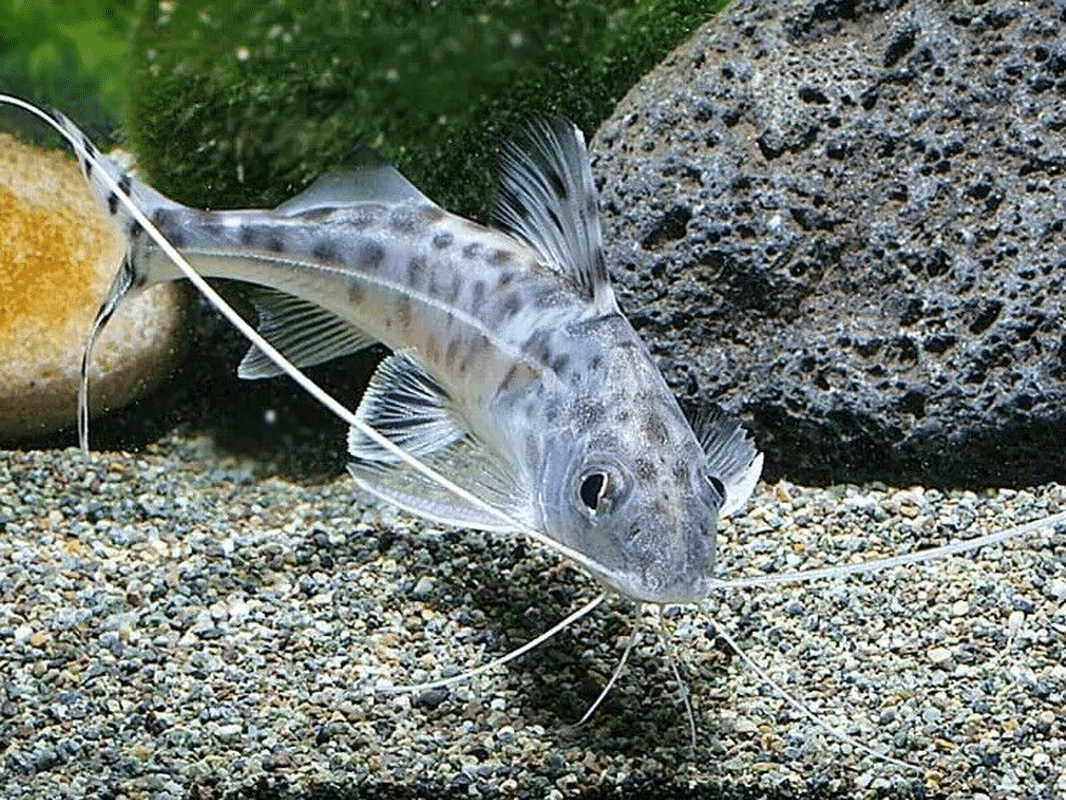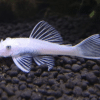To provide the best experiences, we use technologies like cookies to store and/or access device information. Consenting to these technologies will allow us to process data such as browsing behaviour or unique IDs on this site. Not consenting or withdrawing consent, may adversely affect certain features and functions.
The technical storage or access is strictly necessary for the legitimate purpose of enabling the use of a specific service explicitly requested by the subscriber or user, or for the sole purpose of carrying out the transmission of a communication over an electronic communications network.
The technical storage or access is necessary for the legitimate purpose of storing preferences that are not requested by the subscriber or user.
The technical storage or access that is used exclusively for statistical purposes.
The technical storage or access that is used exclusively for anonymous statistical purposes. Without a subpoena, voluntary compliance on the part of your Internet Service Provider, or additional records from a third party, information stored or retrieved for this purpose alone cannot usually be used to identify you.
The technical storage or access is required to create user profiles to send advertising, or to track the user on a website or across several websites for similar marketing purposes.
6 x Assorted Malawi Cichlid Stunning Fish Size 1 Inch To 2 Inch ( ), Care for Vibrant Malawi Cichlids, Perfect Tropical Freshwater Fish to Enrich Your Aquarium Experience, Beautiful Companions for Your Tank 1 × £29.00

 6 x Assorted Malawi Cichlid Stunning Fish Size 1 Inch To 2 Inch ( ), Care for Vibrant Malawi Cichlids, Perfect Tropical Freshwater Fish to Enrich Your Aquarium Experience, Beautiful Companions for Your Tank
6 x Assorted Malawi Cichlid Stunning Fish Size 1 Inch To 2 Inch ( ), Care for Vibrant Malawi Cichlids, Perfect Tropical Freshwater Fish to Enrich Your Aquarium Experience, Beautiful Companions for Your Tank 


















Emily Carter (verified owner) –
I recently added a Pictus Catfish to my 55-gallon freshwater aquarium, and I couldn’t be happier! This little guy has brought so much life and energy to my tank. After about two weeks, I’ve noticed how he explores every nook and cranny, showcasing his playful personality. The contrast of his spotted skin against the lush plants is simply stunning. Unlike my previous catfish, the Pictus is much more sociable and active, which has been a joy to watch.
One small thing to note is that they do require plenty of swimming space and a bit of hiding spots, so I made sure to provide ample room and some driftwood for him to feel secure. If you’re considering adding an engaging freshwater fish to your setup, I highly recommend the Pictus Catfish! They thrive best in groups, so think about getting a couple to really see their charming antics shine. Shipping was prompt, and he arrived healthy and ready to explore his new home. A perfect choice for fellow enthusiasts who want to add a dash of personality to their aquarium!
Emily Carter (verified owner) –
I recently added the Pictus Catfish to my 55-gallon freshwater aquarium, and I couldn’t be more pleased! These stunning tropical fish are not only visually appealing with their unique spots, but they also have such a graceful movement that livens up the tank. After observing them for about two weeks now, I can tell they’re a peaceful addition to my community setup, swimming happily among my other fish. Their active nature encourages everyone else to come out and play too!
I previously had some smaller catfish, but the Pictus Catfish really stand out in terms of personality and charm. They do require a bit more space to roam freely, which is something to keep in mind if you’re considering getting them. My only minor concern is that they are a bit more sensitive to water conditions compared to other freshwater fish, so consistent monitoring is vital for their well-being.
Overall, I highly recommend the Pictus Catfish for anyone looking to enhance their aquarium with vibrant life. They’re perfect for those who have a peaceful tank environment and want fish with character. I’m already planning to get a few more to keep them company!